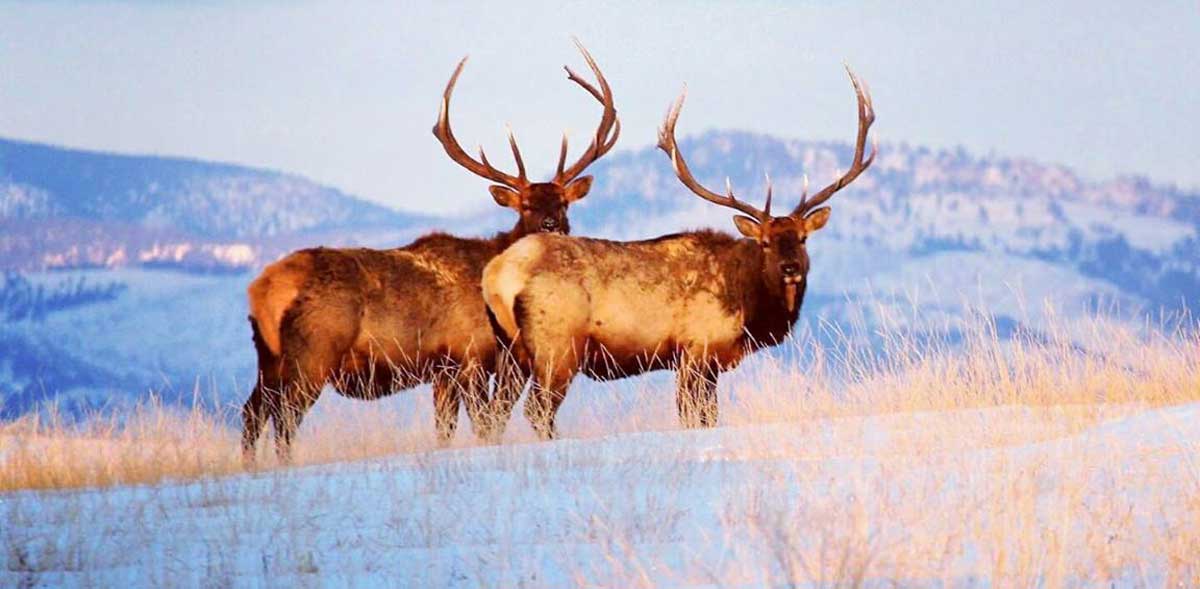Ready2Rut
FNG
With cold conditions coming in across most of the west, I am curious about how elk behavior might be affected. I know that elk retreating from the mountains to their winter range is primarily dictated by snow, not just cold temperatures. However, I have heard from many sources that elk will change their behavior, such as by seeking out sunny bedding areas or bedding areas where trees are trapping heat, within the areas that they already are when the temps drop.
My question is, how cold does it have to get for elk to start doing this? 40°F? 10°F? I know these animals are extremely cold-resistant, so I wouldn't be surprised if it took some truly brutal temps to get them to change their behavior.
My question is, how cold does it have to get for elk to start doing this? 40°F? 10°F? I know these animals are extremely cold-resistant, so I wouldn't be surprised if it took some truly brutal temps to get them to change their behavior.

